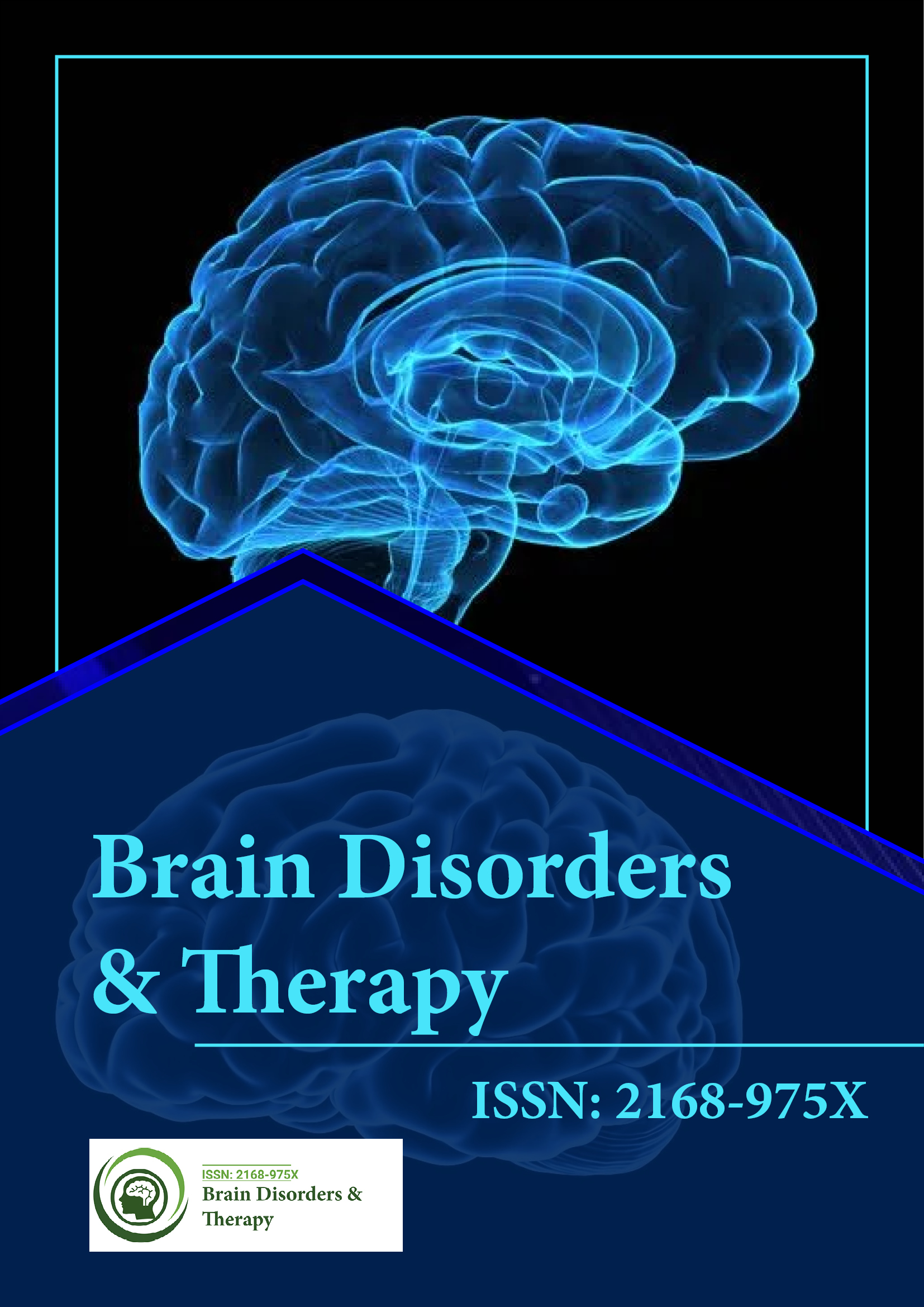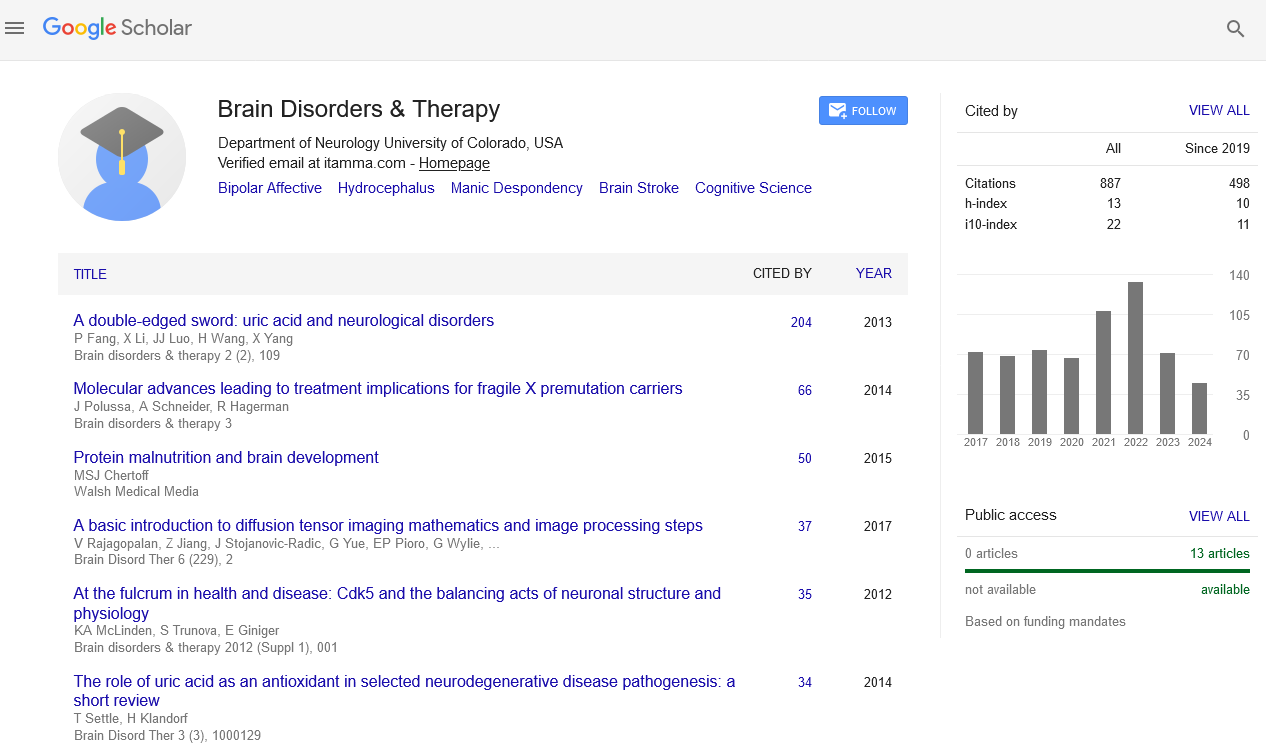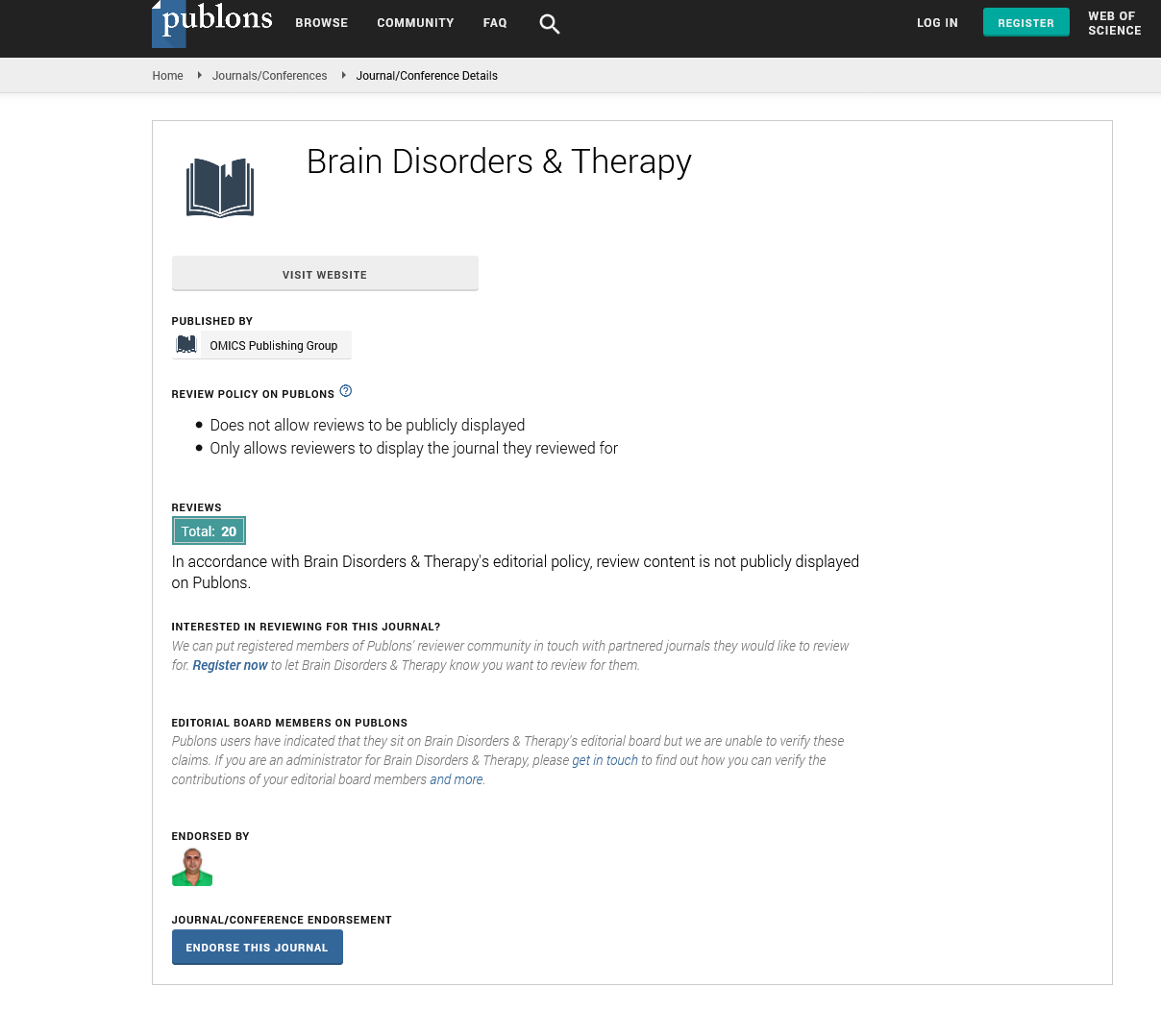PMC/PubMed Indexed Articles
Indexed In
- Open J Gate
- Genamics JournalSeek
- JournalTOCs
- RefSeek
- Hamdard University
- EBSCO A-Z
- OCLC- WorldCat
- Publons
- Geneva Foundation for Medical Education and Research
Useful Links
Share This Page
Journal Flyer

Open Access Journals
- Agri and Aquaculture
- Biochemistry
- Bioinformatics & Systems Biology
- Business & Management
- Chemistry
- Clinical Sciences
- Engineering
- Food & Nutrition
- General Science
- Genetics & Molecular Biology
- Immunology & Microbiology
- Medical Sciences
- Neuroscience & Psychology
- Nursing & Health Care
- Pharmaceutical Sciences
Therapeutic effects of the collagen-binding motif as a novel osteoporosis medication in cerebral palsy with bone loss
7th International Conference on Neurological Disorders & Stroke
September 20-21, 2018 | Rome, Italy
Yoon Kyum Shin, Ji Hea Yu, Jung Hwa Seo, Soohyun Wi, MinGi Kim, Ahreum Baek, Suk Young Song, Bae Geun Nam, Soonil Pyo, Eunju Cho and Sung Rae Cho
Yonsei University, Seoul, Republic of South Korea
Yonsei University College of Medicine, Republic of Seoul Korea
Yonsei University, Wonju, Republic of South Korea
Scientific Tracks Abstracts: Brain Disord Ther
Abstract:
Cerebral palsy (CP) is a static lesion occurring in the immature brain from multifactorial causes including hypoxicischemia, resulting a life long motor impairment. Of note, severe patients with CP suffer from bone loss due to prolonged conditions of limited weight bearing in adulthood. In the transcriptome analysis, osteopontin (SPP1) gene expression in the peripheral blood mononuclear cells was significantly down regulated in adults with CP (n=13) than healthy adults. (n=13; fold change=-70.10). The osteopontin has multifaceted function of biomineralization by involving bone resorption and formation. A novel collagen binding motif (CBM) of osteopontin, is recently identified to induce bone formation via facilitating osteogenesis and inhibiting adipogenesis. We aim to propose reasonable therapeutic evidences for patients with CP who have osteopenia or osteoporosis by applying a novel osteoporosis medication in an animal model of neonatal hypoxic-ischemic (HI) brain injury. 7-day-old CD-1 pup mice underwent ischemic brain injury induced by unilateral right common carotid artery ligation and induced hypoxic condition. Severe HI brain injured mice were included to CBM administration for eight weeks. In the bone geometrical analysis, bone surface density and trabecular number were significantly increased after long term administration of CBM, while trabecular separation was significantly reduced compared to saline control. Through enzyme linked immunosorbent assay, we identified bone turnover markers including C - terminal telopeptide and procollagen type I were highly regulated in CBM treatment group compared to saline control. In an animal model of neonatal hypoxic-ischemic (HI) brain injury, the CBM improved bone geometrical components and bone turn over activity. This clinically translational investigation using the CBM shed lights on therapeutic administration for bone loss in adults with CP.
Biography :
Yoon Kyum Shin completed her PT, MSc from Yonsei University College of Medicine, Republic of Korea and is pursuing Doctoral course from Brain Korea 21 PLUS Project for Medical Science at Yonsei University College of Medicine. She is interested especially in the therapeutic strategies for patients with cerebral palsy and neurologic disorders. She has contributed in 14 papers and published 8 papers as the first-author in the field of neurorehabilitation medicine.
E-mail: kyum309@hanmail.net


